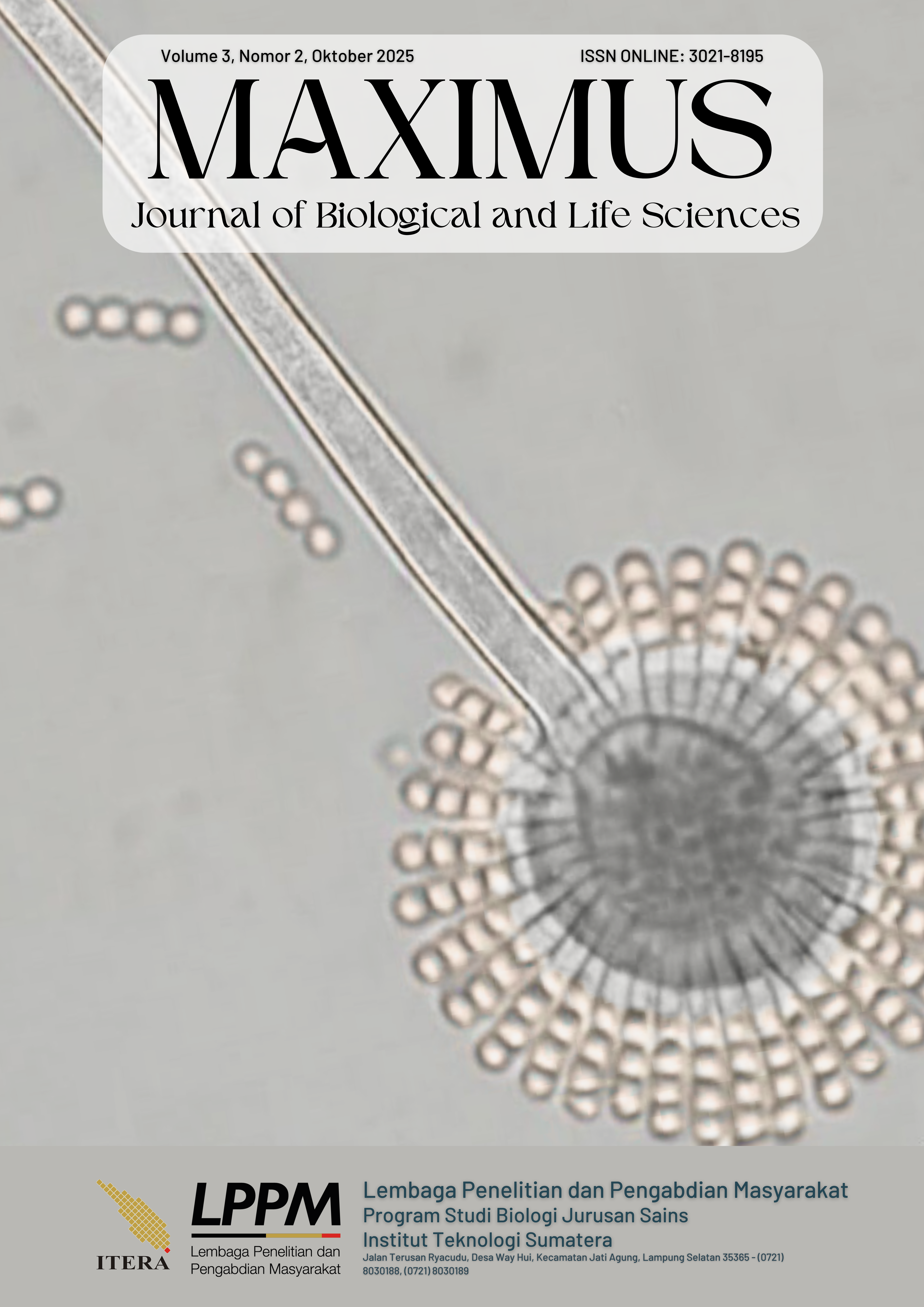Exploration of Herpetofauna Diversity in Banten Forest Park as a Basis for Biodiversity Information
Abstract
The Banten Forest Park is the only conservation area in Banten managed by the local government and possesses significant potential for high herpetofaunal diversity. This study aimed to document the diversity and composition of herpetofaunal species within the park. Data were collected using the Visual Encounter Survey (VES) method combined with exploratory techniques, conducted from June 22 to 23, 2024. A total of 43 individuals representing nine species, seven genera, six families, and three orders (Squamata, Serpentes, and Anura) were recorded. The Squamata order was the most dominant, comprising the families Agamidae, Gekkonidae, Scincidae, and Varanidae, with Sphenomorphus sanctus and Eutropis multifasciata identified as the most abundant species. All recorded species are categorized as Least Concern by the IUCN and are not listed as protected under Indonesian wildlife regulations. The Shannon–Wiener diversity index (H’ = 1.75) indicates a moderate level of species diversity. The findings collectively demonstrate that the habitat within Banten Forest Park maintains adequate ecological integrity to support a diverse community of reptiles and amphibians, underscoring the importance of conserving habitat heterogeneity in tropical lowland ecosystems.
Downloads
Copyright (c) 2025 Yopi Haryandi, Latif Sofiana Nugraheni

This work is licensed under a Creative Commons Attribution-NonCommercial 4.0 International License.
All rights, title and interest in the copyright to manuscript submitted, if accepted, are hereby transferred to Maximus : Journal of Biology and Life Sciences. This includes display of the accepted article in electronic form on the internet before and/or after print publication (if any). The authors must confirm that the manuscript contains no material that would violate the copyright or any other right of any other person. The authors reserve unto themselves the following rights the right to make copies for personal teaching use, and to reproduce reasonable quantities for personal use only; the right to reuse figures and tables in articles published in other books or journals (with bibliographic reference to Maximus : Journal of Biology and Life Sciences); any proprietary rights other than copyright, including the right to any patentable subject matter contained in the manuscript and the right to deny any subsequent commercial use.







